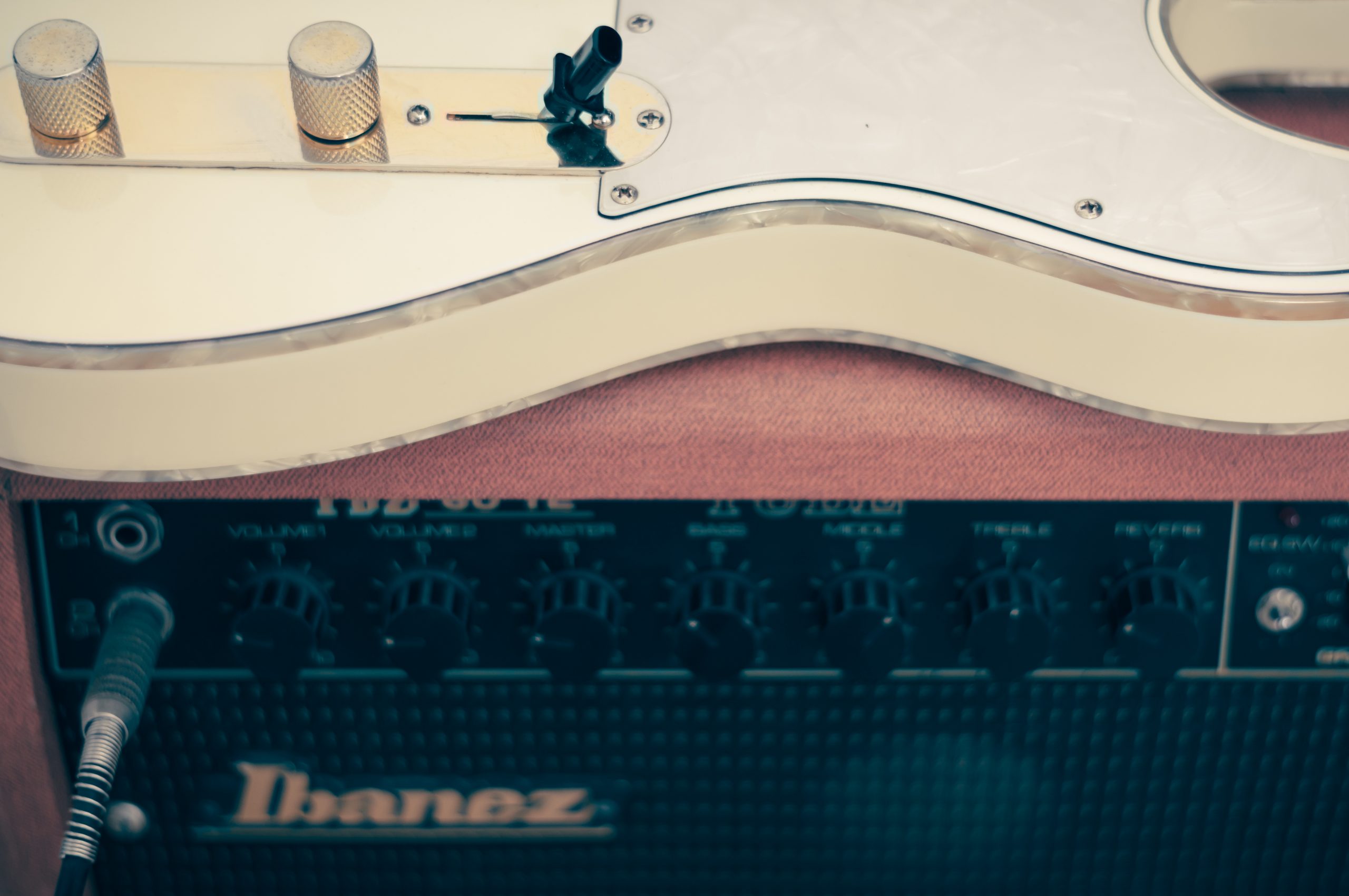Let’s get our feet wet by playing over some changes. Load up your looper with the following 4-bar sequence:
Bm7 | Amaj7 | Emaj7 | Emaj7
Loop the three chords Bm7, Amaj7 and Emaj7 – I’d suggest 1 bar of Bm7, 1 bar of Amaj7 followed by two bars of Emaj7. Our basic markers or map to outline these changes would be as follows:
Bm7: 1, b3, b7 or B, D, A

Amaj7: 1, 3, 7 or A, C#, G#

Emaj7: 1, 3, 7 or E, G#, D#

Make a mental note of where these three sequences are and loop the chord progression at a slow tempo. Use the diagrams to play over the changes. What I want you to get is a feel for what it’s like to really play over changes rather than ripping over them blindly with scale patterns. Don’t worry about the stretches to the C# and G#; remember, there’s a fine line between really making a conscious effort to play the changes and just reducing everything to mindless patterns, the latter being what we want to avoid. Try to make this as musical as you can and keep to a slow tempo at first. If you find you can’t keep up with the changes, slow the tempo down. The fact that you just need to locate 3 notes every time you change chord should give you enough time to play something halfway decent at this stage. Record yourself too, as I guarantee it’ll sound better than you think!
Even if you’ve never played over changes before, the above exercise should be doable with minimal effort. If you found this a little tricky, take it one chord at a time. Loop the Bm7 and play over it for a while, then add in the other two chords. When you’re comfortable soloing over these three chords, move on to the next section.
Above and Below
Our three-note markers are a useful reference for the eye when soloing over changes. Compare this to finding entire scale patterns when the chord changes and you should see how much more effective this system is. These three notes really come into their own when used in conjunction with all the other intervals as they fall above and below the sequence. Let me show you what I mean.
Let’s add the 5 to our minor 1, b3, b7 sequence.

As you can see, it’s important to know that there’s a 5 above and below the root. Loop an Am or Am7 chord and improvise with the above diagram.
NOTE: From hereon in you don’t need to memorize anything; in fact, I’d advise against it as a) you don’t need to create and/or rely on patterns; and b) the process of finding the 5 is far more valuable than memorizing where it is on the fretboard.
Task: Add the 5 to the other three sequences; loop the relevant chord and improvise. Here are the three diagrams again to help you, though you must find the 5 above and below the root yourself.



Remember: Don’t try to memorize anything, just improvise by finding the right intervals/notes no matter how long it takes you. I will drive you crazy by reminding you of this throughout this series of lessons. This is because I want you to practice the mechanism of finding notes, NOT the mechanism of remembering/creating more patterns.
In Part 4, we’ll add more intervals into the mix.



